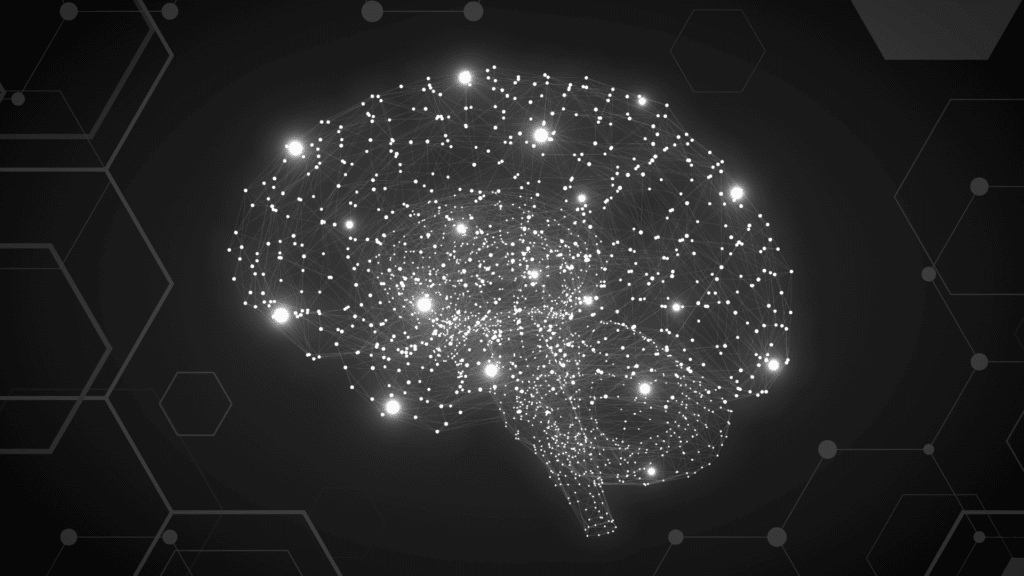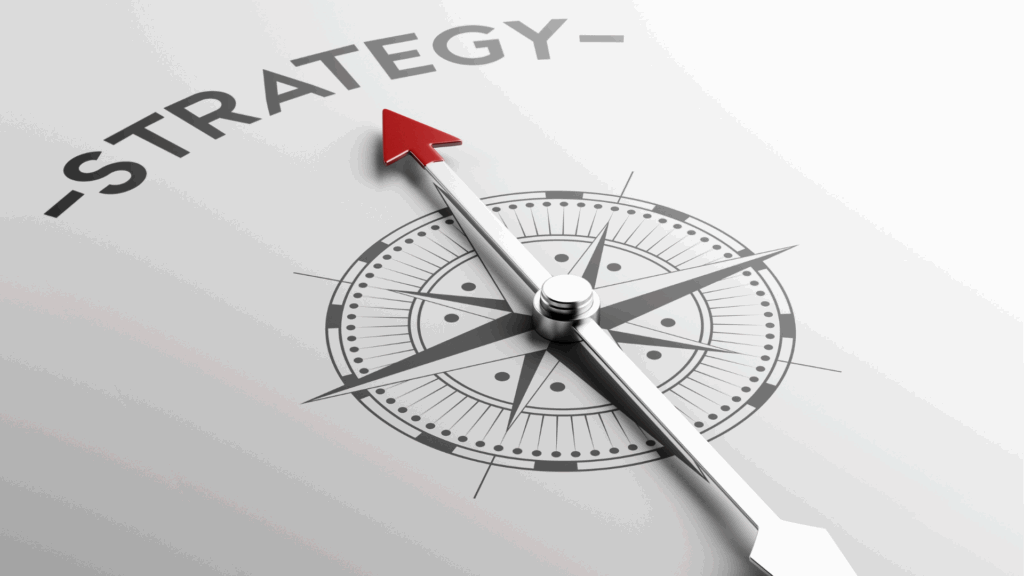Let’s start with a confession: Even as a neuropsychologist, I’m still amazed by how the brain resists what’s good for us. We all want to grow, to break free from anxiety or self-doubt, to be happier and more successful. Yet, time and again, our brains pull us back to old habits and familiar fears. Why? The answer lies in the counterintuitiveness of the brain—and understanding this is the first step to lasting change.
In this comprehensive guide, I’ll reveal the science behind why your brain defaults to what’s familiar (even when it hurts you), how neuroplasticity works for and against you, and practical strategies to outsmart your own mind. Whether you’re seeking personal or professional growth, you’ll find actionable insights to help you break cycles and build new pathways—starting today.
What Does “Counterintuitiveness of the Brain” Mean?
The counterintuitiveness of the brain describes the surprising and often paradoxical ways our minds truly operate—ways that can feel at odds with what we expect or even desire. You might assume your brain is hardwired to steer you toward happiness, health, or achievement. In reality, the brain is optimized for efficiency and survival, not for your personal fulfillment. This means it defaults to what it’s done most often, not what’s most beneficial for you in the long run.
Let’s break this down with a simple metaphor: Imagine your brain as a vast field crisscrossed with paths. Every time you repeat a thought, behavior, or emotional response, you’re walking the same path, making it deeper and easier to follow. Habits—whether helpful or harmful—become these well-worn trails. If you’ve spent years reinforcing anxious or negative thought patterns, your brain will instinctively take those routes, simply because they’re familiar and require less effort. This is a perfect example of the counterintuitiveness of the brain in action—choosing what’s easy, not what’s best.
This phenomenon isn’t just about habits—it’s deeply rooted in how the brain conserves energy. The brain likes to run on autopilot, following established neural pathways to minimize effort. That’s why change feels difficult: forging a new trail requires conscious attention and energy from your prefrontal cortex, the area responsible for decision-making and self-control. When you’re tired, stressed, or distracted, your brain slips back into old routines, not because you’re weak-willed, but because it’s trying to be efficient.
On a cognitive level, counterintuitiveness of the brain is also evident when we try to challenge long-held beliefs or learn new skills. This process activates regions in the prefrontal and parietal cortex, which are involved in inhibitory control and help suppress automatic, intuitive responses. Your brain doesn’t erase old beliefs; it learns to override them, which takes effort and repetition.
Interestingly, happiness itself can be counterintuitive for the brain. While you might expect happiness to be the brain’s default, research finds that happiness actually requires a conscious shift in mindset. When your brain is primed for positivity, it performs better—becoming more creative, resilient, and flexible. Yet, left unchecked, the brain tends to focus on threats or familiar patterns, which can limit your potential and keep you stuck in cycles of stress or negativity.
So why is understanding the counterintuitiveness of the brain so important? Because it explains why change feels so hard, even when you desperately want it. Your brain isn’t broken or unmotivated—it’s just efficient, doing what it knows best. Recognizing this is empowering: it means that with awareness and intentional practice, you can teach your brain new, more helpful ways of thinking and being. The challenge isn’t just to know what’s good for you, but to patiently and persistently carve those new neural pathways until they become your brain’s new “default.”

The Science of Neuroplasticity: Your Brain’s Double-Edged Sword
Neuroplasticity is the brain’s remarkable ability to reorganize itself by forming new neural connections throughout life. This flexibility is what allows us to learn new skills, adapt to change, and recover from setbacks. But here’s the catch: neuroplasticity doesn’t care if you’re building good habits or bad ones. It simply reinforces whatever you do most.
Upward vs. Downward Neuroplasticity
Recent research breaks neuroplasticity into two subtypes:
- Upward Neuroplasticity: Building new connections, learning, and growth.
- Downward Neuroplasticity: Pruning or disconnecting old pathways, sometimes leading to loss of function, but also clearing space for new learning.
Both are essential. Your brain is constantly balancing these processes, strengthening some connections while letting others fade. This dynamic dance is at the heart of the counterintuitiveness of the brain: sometimes, your mind gets “stuck” in old patterns not because it’s damaged, but because it’s doing its job—preserving what’s familiar.
Why the Brain Clings to the Familiar: The Path of Least Resistance
Imagine your brain as a network of hiking trails. The more you walk a path, the clearer and easier it becomes. If you’ve spent years worrying, doubting, or reacting with fear, those trails are wide and well-trodden. When stress hits, your brain takes the path of least resistance—the one it knows best, even if it leads somewhere you don’t want to go.
This is why anxiety, self-criticism, or negative thinking can feel like inescapable cycles. Your brain isn’t trying to sabotage you; it’s just being efficient. The counterintuitiveness of the brain is that it values energy conservation and predictability over happiness or growth.

Personal Story: My Own Battle with Counterintuitive Brain Wiring
Let me share a personal example. Despite my expertise in neuroscience and anxiety, I’m not immune to my own brain’s tricks. As a child, I struggled with a deep fear of abandonment. My parents were loving and present, but my mind was wired to expect loss. This fear followed me into adulthood, resurfacing in moments of uncertainty.
I remember one evening when my husband was late coming home. Logic told me he was stuck in traffic, but my brain didn’t care. It instantly flooded me with catastrophic thoughts: What if something happened? What if he never comes back? My heart raced, my chest tightened, and I felt like a helpless child again.
That night, I realized that knowledge alone wasn’t enough. My neural pathways were still wired for fear. But I also knew that neuroplasticity meant I could change those pathways—if I was willing to do the work.
How to Harness Neuroplasticity Against the Counterintuitiveness of the Brain
Here’s the good news: You can teach your brain new tricks. But it takes conscious effort, repetition, and patience. Here’s how I—and my clients—break the cycle:
1. Pause and Observe
When an old thought or fear arises, don’t react immediately. Insert a pause. This gives your prefrontal cortex (the rational, decision-making part of your brain) a chance to engage, rather than letting your emotional brain run the show.
Ask yourself:
- What evidence do I have for this thought?
- Has this worry ever come true before?
- If a friend had this thought, what would I say to them?
2. Challenge and Reframe
Just because your brain defaults to a thought doesn’t make it true. Challenge the narrative. Replace catastrophic thinking with more balanced, realistic perspectives.
3. Practice New Pathways
Every time you choose a different response—calm instead of panic, curiosity instead of judgment—you’re carving a new neural pathway. At first, it feels unnatural. But with repetition, these new trails become easier to follow.
4. Celebrate Small Wins
Change is slow. Celebrate every moment you catch yourself before spiraling, every time you respond differently. These are signs that your brain is rewiring.
5. Be Patient and Persistent
Neuroplasticity is a lifelong process. The counterintuitiveness of the brain means it will always prefer the familiar, especially under stress. But with consistent practice, you can tip the balance toward growth.
The Role of Cognitive Intervention: Rewiring the Brain on Purpose
Cognitive interventions—such as mindfulness practices, neuroscience-based personal development techniques, and self-reflection—are essential tools for overcoming the counterintuitiveness of the brain. The counterintuitiveness of the brain means that our minds often default to automatic, well-worn patterns, even when those patterns no longer serve us. By consciously engaging in cognitive interventions, you disrupt these automatic thought loops, encourage new ways of thinking and responding, and strengthen the prefrontal cortex’s ability to override old habits.
Neuroimaging studies show that when you choose a new response over an automatic one, you are actively confronting the counterintuitiveness of the brain. This process activates regions in the prefrontal and parietal cortex—areas responsible for attention, working memory, and inhibitory control. Each time you challenge an ingrained belief or behavior, you’re not only resisting the counterintuitiveness of the brain, but you’re also literally rewiring your neural pathways for greater flexibility and resilience.
By making cognitive intervention a regular practice, you transform the counterintuitiveness of the brain from a barrier into an opportunity for growth. Over time, these deliberate efforts create new, healthier habits that feel as natural as the old ones once did, empowering you to adapt, learn, and thrive throughout life.

Why Change Feels Uncomfortable: The Brain’s “Error Signal”
If you’ve ever tried to break a habit, start a new routine, or shift your thinking, you’ve likely felt an uncomfortable wave of resistance—anxiety, frustration, or even self-doubt. This sensation is your brain’s “error signal,” and it’s a fundamental part of how neuroplasticity works. When you attempt to create new behaviors or thought patterns, your brain detects a mismatch between what you’re doing and what feels familiar. This “error signal” is not a sign of failure, but rather a crucial trigger for neuroplasticity.
Neuroplasticity thrives on these moments of discomfort. The brain is wired for efficiency and survival, so it naturally favors established pathways—the routines and reactions you’ve practiced for years. When you step off these well-worn tracks, your brain releases stress hormones like cortisol, making you more alert and focused on the “error margin”—the gap between your old habits and your new intentions. This is neuroplasticity in action: your nervous system is being cued that something needs to change, and it begins the process of rewiring itself to adapt.
The beauty of neuroplasticity is that the more you persist through this discomfort, the more your brain learns. Each time you repeat a new behavior or thought, you reinforce fresh neural connections. At first, the error signal may feel intense, but with consistent practice, neuroplasticity gradually makes the new pathway stronger and the discomfort weaker. Eventually, what once felt awkward or difficult becomes second nature—proof that neuroplasticity has done its job.
It’s important to remember that this process is universal. Whether you’re learning a new skill, overcoming a setback, or striving for personal growth, neuroplasticity is always available to help you adapt. The key is to recognize that discomfort is not a warning to stop, but a sign that your brain is actively changing. By embracing the error signal and trusting the process of neuroplasticity, you can transform resistance into resilience and turn new habits into lasting change.
It’s Never Too Late: Neuroplasticity Is Always Available
One of the most empowering truths revealed by neuroscience is that it is never too late to change. Neuroplasticity—the brain’s remarkable ability to reorganize itself by forming new neural connections—remains available throughout your entire life. While it’s true that neuroplasticity is especially active during childhood, when the brain is rapidly wiring itself in response to every new experience, this capacity for change does not disappear as we grow older. Neuroplasticity continues to shape who we are, how we think, and what we can achieve, no matter our age.
Contrary to the old belief that the adult brain is fixed or rigid, research now shows that neuroplasticity is a lifelong process. Adults can—and do—restructure their brains in response to learning new skills, practicing different behaviors, or even adapting after injury or adversity. This means that whether you want to learn a new language, recover from a setback, or simply adopt healthier habits, neuroplasticity is always at work, ready to support your growth.
As we age, the brain may become more comfortable relying on established pathways, making change feel more challenging. However, neuroplasticity does not shut down; it simply requires more intentional, repeated effort to forge new connections. The key to harnessing neuroplasticity at any stage of life is deliberate practice—choosing new thoughts, actions, and experiences, and repeating them until they become second nature.
The beauty of neuroplasticity is that it offers hope and possibility at every age. Whether you’re picking up a musical instrument for the first time in your 60s, recovering from a stroke, or simply seeking to sharpen your memory, neuroplasticity is your ally. By embracing new challenges, staying curious, and maintaining an active, engaged mind, you can continue to reshape your brain and unlock new levels of potential. Neuroplasticity is always available—change is always possible.
Practical Strategies for Outsmarting the Counterintuitiveness of the Brain
Ready to put this knowledge into action? Here are science-backed steps to help you break free from old patterns and harness the power of neuroplasticity:
1. Identify Your “Stuck” Patterns
What thoughts, habits, or reactions keep repeating in your life? Write them down. Awareness is the first step to change.
2. Set Clear, Achievable Goals
Don’t try to overhaul your entire life overnight. Pick one pattern to focus on. Set a specific goal, like “respond to stress with curiosity instead of anger.”
3. Use Visualization
Imagine yourself responding differently. Visualization activates many of the same neural circuits as real-life practice, helping to reinforce new pathways.
4. Practice Mindfulness
Mindfulness trains your brain to observe thoughts without judgment, making it easier to catch old patterns before they take over.
5. Seek Support
Change is easier with encouragement. Share your goals with a friend, coach, or therapist who can help you stay accountable.
6. Track Your Progress
Keep a journal of your successes and setbacks. Over time, you’ll see evidence of your brain’s capacity to change.
The Professional Edge: Counterintuitiveness of the Brain in the Workplace
The counterintuitiveness of the brain doesn’t just affect personal growth—it shapes professional success, too. In the workplace, old habits can stifle innovation, collaboration, and leadership. Teams often default to “the way we’ve always done things,” even when better solutions exist.
Understanding the brain’s resistance to change allows leaders and professionals to:
- Foster a culture of learning and adaptability
- Encourage experimentation and calculated risk-taking
- Support employees through the discomfort of change
By normalizing the struggle and celebrating progress, organizations can harness the power of neuroplasticity to drive growth and resilience.
Common Myths About Neuroplasticity and Change
Let’s bust a few myths that can hold you back:
Myth 1: “I’m too old to change.”
Fact: While neuroplasticity is strongest in childhood, adults can absolutely rewire their brains with effort and repetition.
Myth 2: “If change feels hard, I must be doing it wrong.”
Fact: Discomfort is a natural part of forging new pathways. It’s a sign that your brain is working, not failing.
Myth 3: “Some people are just born resilient.”
Fact: Resilience is built through repeated practice—by choosing new responses, even when it’s hard.

The Takeaway: Embracing the Counterintuitiveness of the Brain for Lasting Change
The counterintuitiveness of the brain is both a challenge and an opportunity. Your mind will always prefer the familiar, even when it’s holding you back. But with awareness, intention, and practice, you can harness neuroplasticity to break old cycles and build a life of greater resilience, happiness, and success.
As a neuropsychologist, I’ve seen firsthand how people transform—not by fighting their brains, but by working with them. Change is possible for anyone, at any age. The journey isn’t always easy, but it’s always worth it.
So, the next time you catch yourself falling into an old pattern, remember: your brain is just doing its job. And now, you have the tools to do yours—rewiring your mind for the life you want.
#neuroplasticity #neuroscience #brainhealth #mentalhealth #mindfulness #brainpower #focus #mindset #growthmindset #selfcare #wellness #overcoming #motivation #success #personaldevelopment #personalgrowth #mindsetmatters #selflove #brain #biohacking



